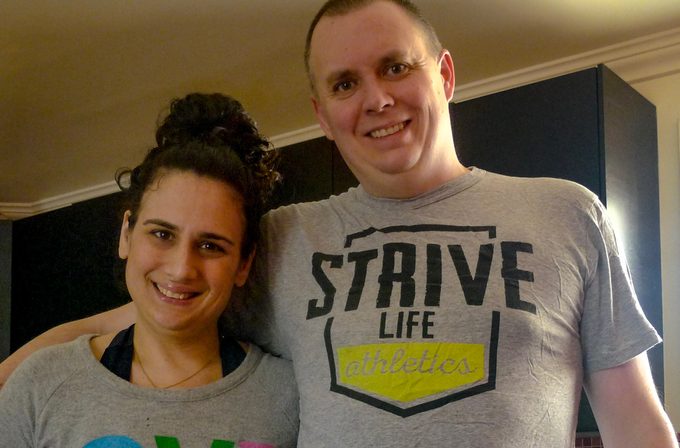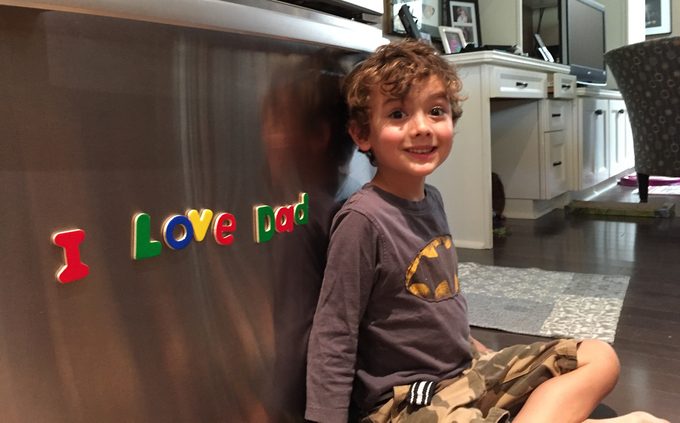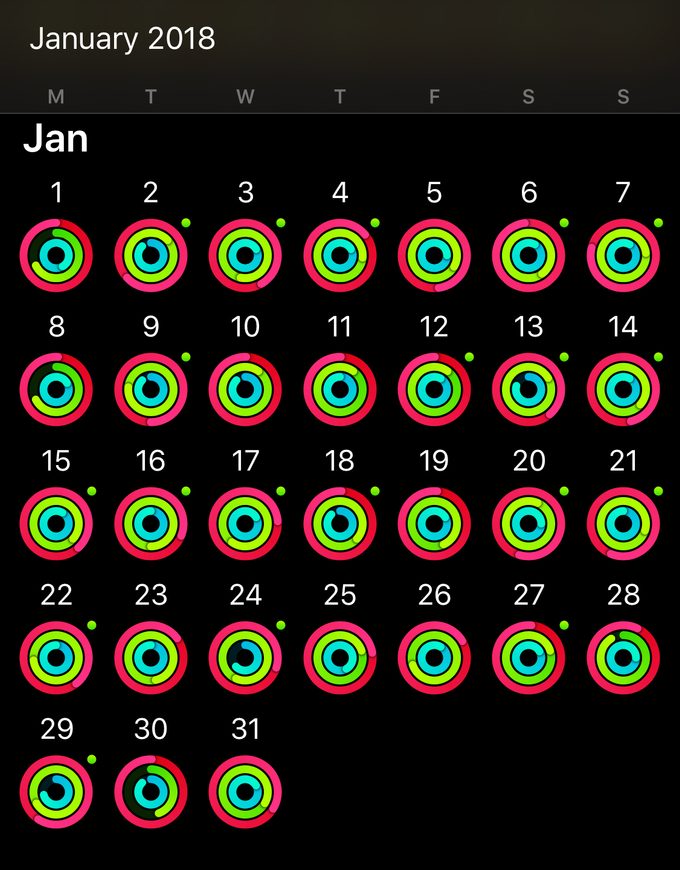An Apple Watch Saved This Man’s Life — More Than Once
How wearable tech is creating a new generation of empowered patients and health-literate Canadians.

Nathan Greene and Susie Adelson are a Toronto-based couple with a seven-year-old son named Hudson. Twelve years ago Nathan’s life drastically changed. He went from running regularly and playing basketball three times a week to needing to limit his heart rate and physical exertion. “I was diagnosed with Hypertrophic Obstructive Cardiomyopathy (HOCM), which affects about 1 in 3,000 people, although most are undiagnosed,” he says. The condition means an area on the inside of his heart grows thicker than that of the average person and can block blood flow through the aorta. “One of the side effects of the condition is an ongoing risk of randomly entering an alternate heart rhythm called atrial fibrillation (A-Fib),” he says. “When an A-Fib episode comes on, I need to head to a hospital to have a process called cardioversion performed to restore my normal sinus rhythm. Cardioversion involves being given an anesthetic and being shocked to reset the rhythm.”
Nathan ended up having an open-heart procedure called a Septal Myectomy at the Munk Cardiac Centre at Toronto General Hospital to clear the blockage, but the surgery came with its own set of unique challenges. “Before having the surgery, I knew when I was having an A-Fib episode because I could feel my entire heart moving oddly and skipping beats,” he says. “After the procedure, with blood flowing much more freely from my left ventricle through my aorta, it is far less noticeable when I experience A-Fib episodes, although still dangerous.”

The power of health stats
That’s when Nathan started paying more attention to the stats on his Apple Watch. “Before, I would be tentative to go to the hospital to have my heart monitored. Was I really in A-Fib? Was I wasting time and resources of the emergency department? Now, I can go in with confidence and take control of my own treatment,” he says, noting how technology has given him peace of mind. The heart rate monitor on his Apple Watch has actually become a lifesaving tool. If Nathan is worried or feeling unwell, he can quickly review his stats to see if he is in fact having an irregular heartbeat and react accordingly. (These 15 health apps will push you harder, make you faster and of course, healthier.) Nathan’s wife Susie has tapped into Nathan’s activity stats for peace of mind, too. “Nathan bought me my Apple Watch for Mother’s Day in 2016,” says Susie. “The first thing we did was add each other so that we could see each other’s activity.”
While Susie first started using her Apple Watch so she could follow along with her husband, she’s since become somewhat of a fitness warrior. “First, it was rewarding to close my Apple Move Ring for a few days in a row. Then I would be disappointed if, in the course of getting busy with life, I would lose a streak that was one or two weeks long,” she says. “Now, I don’t allow my day to end until I’ve closed my Move Ring. I recently passed the consecutive 365 days mark!” Her progress has earned her praise from friends and family and she was recently featured as the Strive Life Athletics’ Athlete of the Week. “They highlighted my success in becoming more active and they celebrated my accomplishments in the gym,” she says. “Being active is non-negotiable for me now.” (Learn how Apple GymKit has made tracking your workouts even easier.)

How wearable tech is creating a new generation of empowered patients
Nathan and Susie aren’t alone in their use of tech for health purposes. A recent Ipsos survey commissioned by the Canadian Medical Association found 44 percent of Canadians aged 18-34 use wearable tech or online apps to monitor their health. According to experts, these digitally savvy Canadians who make up the Google Generation are influencing the transformation of the health-care system. There’s a growing interest in wellness care, not just sick care and it’s translating to empowered patients and very health-literate patients, according to experts interviewed for the National Post. “I am very open with my data, and I share it with researchers, universities, and panels that look at big data and will be able to help with cardiac risk prediction and screening for things like A-Fib and sleep apnea,” says Nathan. “I want to participate because I’m in a unique position to provide a glimpse into data for someone with my specific condition.”
Learn more about how your smartphone can help you better manage your health.




